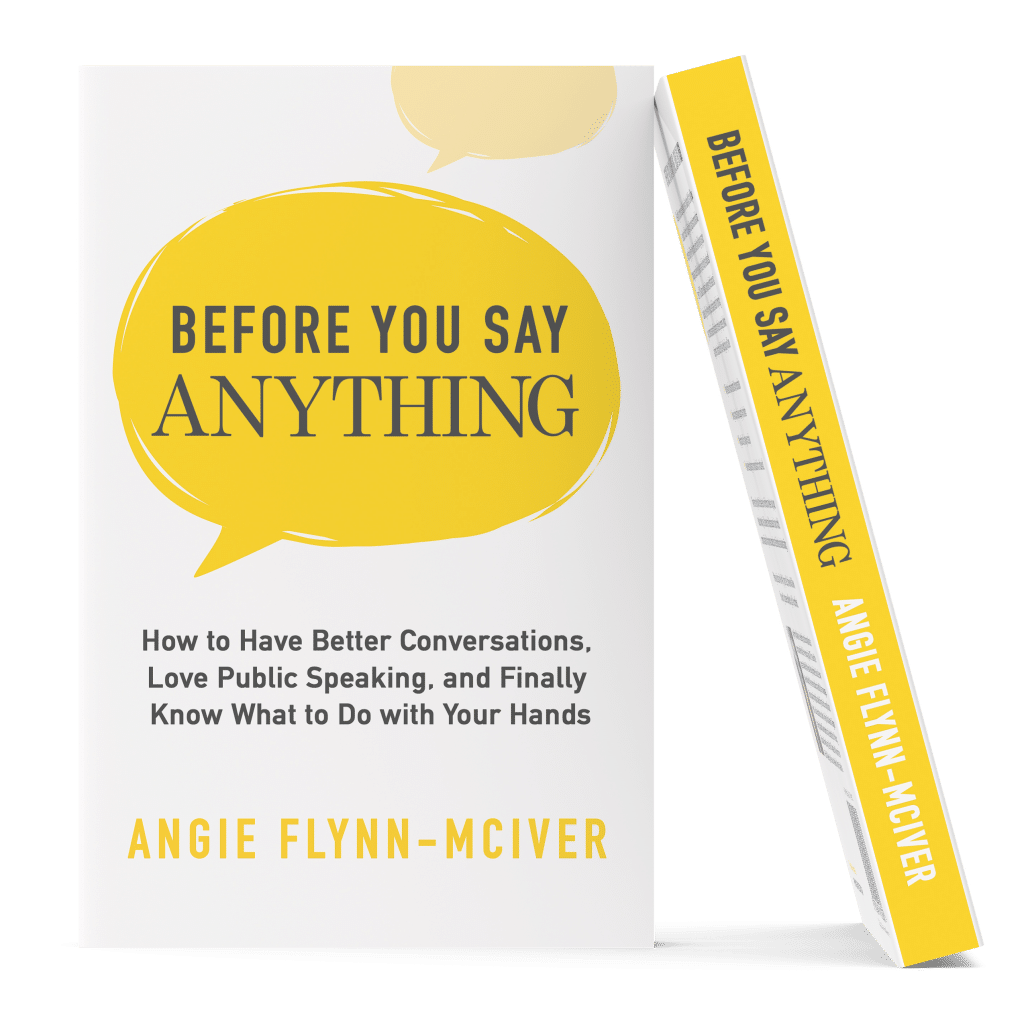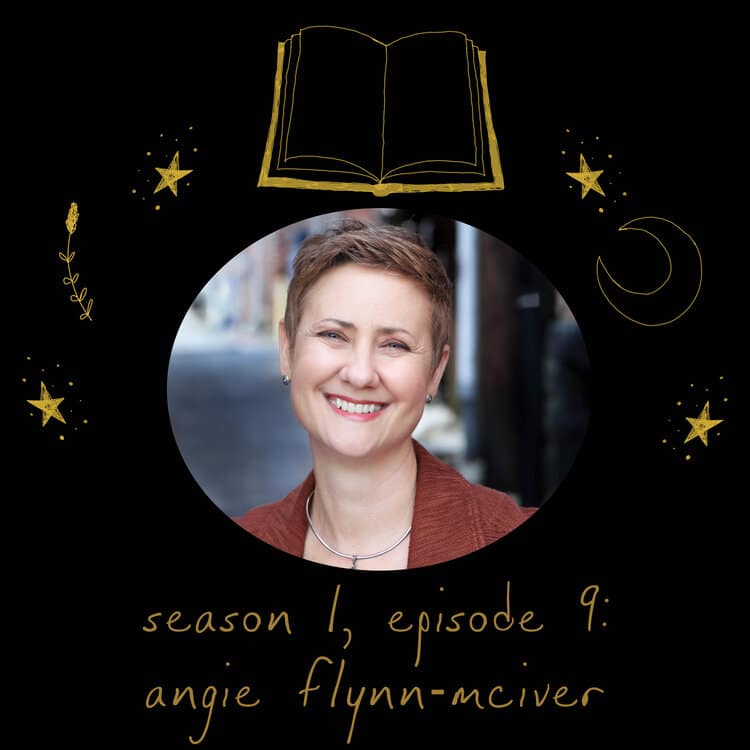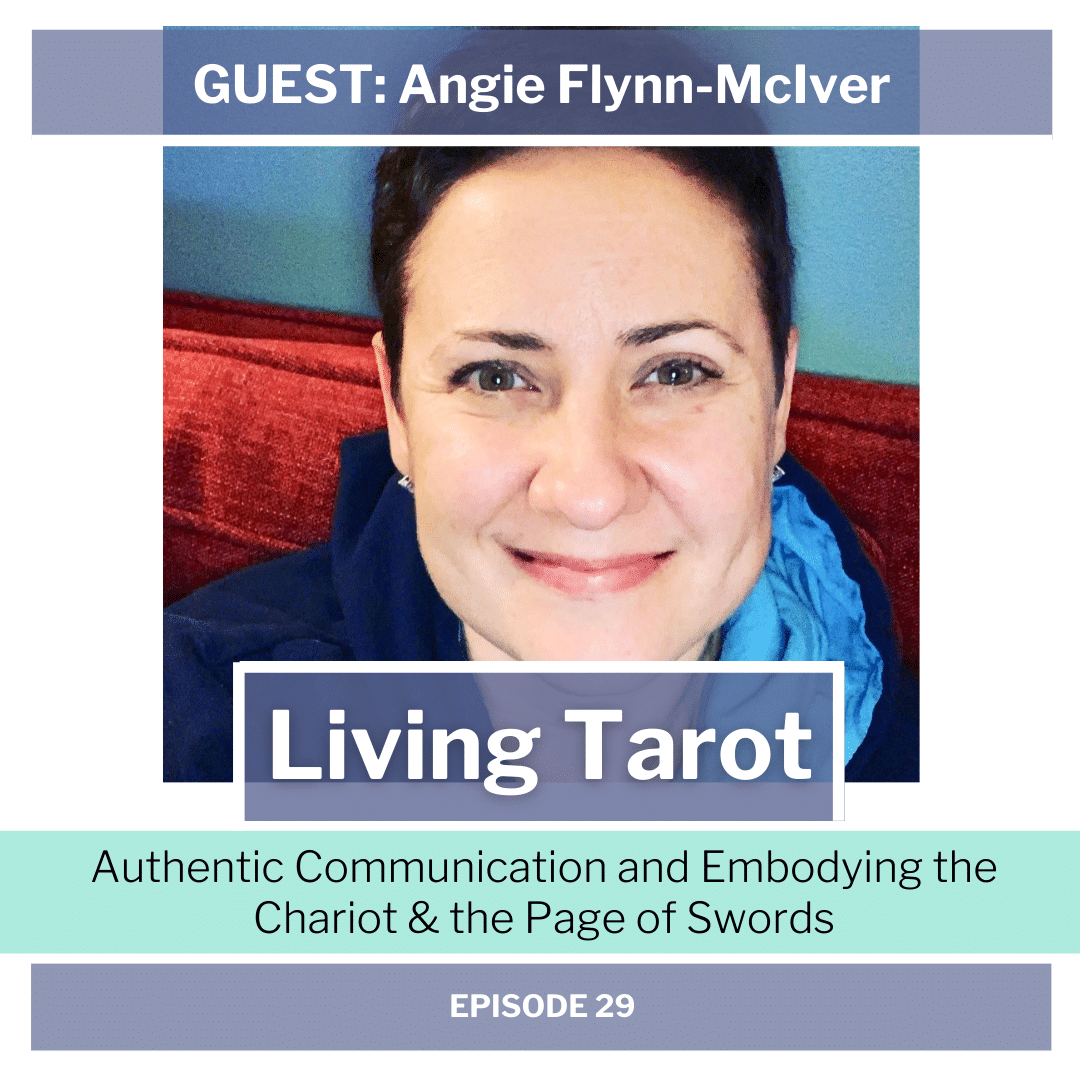Ignite your power to communicate
Ignite CSP helps you understand your power to communicate
Ignite CSP helps you make a fundamental shift in the way you understand your own power to communicate.
We help you feel seen and heard, so that you can do your best work.
Individual Coaching
One-on-one coaching that is going to bring your communication skills to the next level
Small Group Online Courses
Improve your public speaking, storytelling, or virtual communication skills with structured, short courses.
Programs for Business
Real, long-term solutions to elevate your organization’s communication skills.
“My biggest take-away from the coaching is that the shift of my attitude, more than anything else, will make me more effective on camera and in interviews. I learned to create a clear intention, pair it with strong alignment, and practice both!”
– Kellett Letson, MD, MHA
“I always looked forward to my coaching sessions with Angie, which were essential to developing my presentation and public speaking skills. Because of her influence and the valuable practice sessions, I became much more comfortable and focused as I prepared for my thesis defense in graduate school. Her approach allowed me to become more relaxed, personable and effective – all of which contributed to great evaluations of my work.”
– Drake Thomas, consultant
Ignite your power to communicate.
We would love to meet you and hear about your communication goals and needs. Grab a fifteen-minute call with us so we can connect!
From the Blog
- So Long For NowHi friends! This will be my last blog post for a while. I have been playing with the idea of phasing out this element of my creative work for a month or so, and it feels like the time has come. I want to thank you for reading, for sharing my posts with others, and … Read more
- It’s Not About YouWhen in doubt, remember: It’s not about you. That presentation, that difficult conversation, that speech—it’s not about you. Even when the topic is you, it’s not about you. It’s about the person or people you’re talking to. That’s what they’re thinking about, so that’s what you should be thinking about.
- Good Public Speaking Isn’t MagicThere seems to be an inherent insecurity around being able to accomplish good public speaking consistently. Even people who are skilled speakers worry about “losing the magic” or not being “in the zone.” I get it—I’ve definitely had experiences when it feels like a talk I’m giving reaches a place it hasn’t gone before, where … Read more
Now Available
“Before You Say Anything…”
Having a hard time getting your voice heard in meetings?
Does the idea of public speaking make you want to hide under the table?
Do you dread difficult conversations or feeling put on the spot?
Learn the secret to unlocking confident and effective communication, whether you’re talking to one person or one thousand!
Ignite your inbox.
Subscribe to our newsletter for tips, tactics, videos, and techniques to hone your communication skills.











